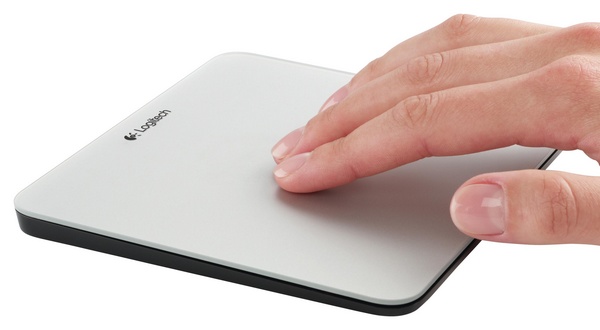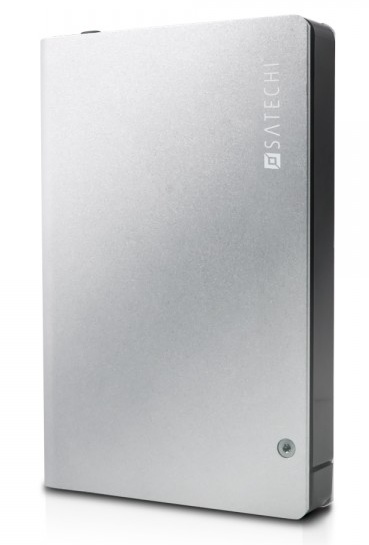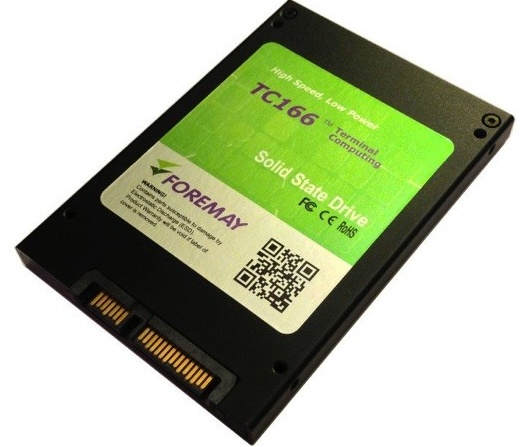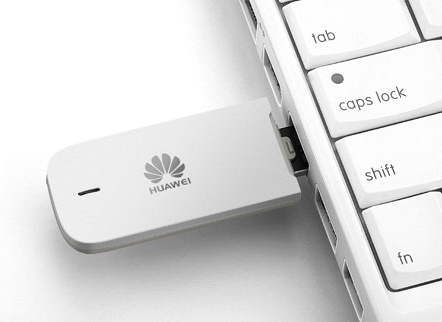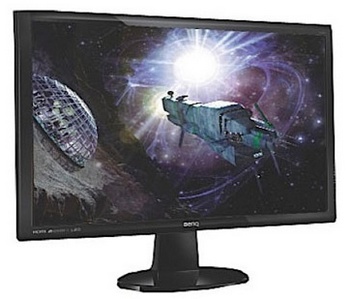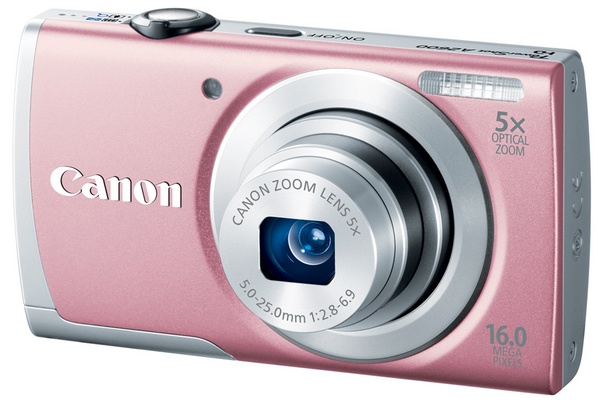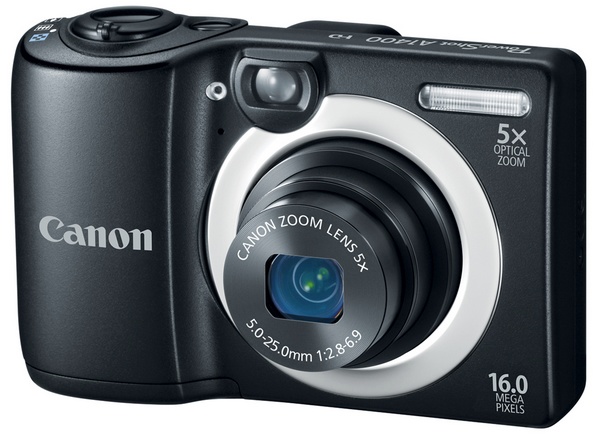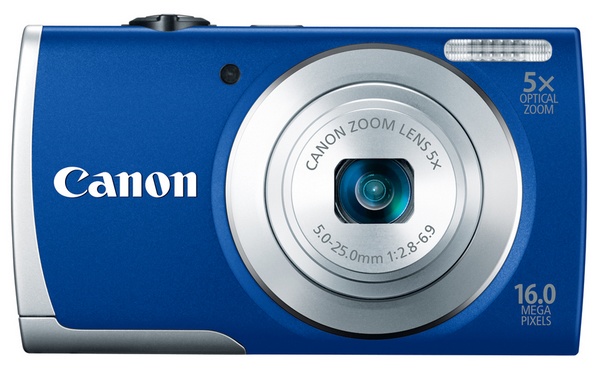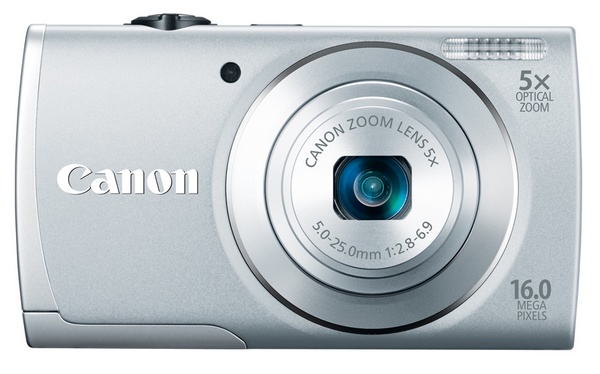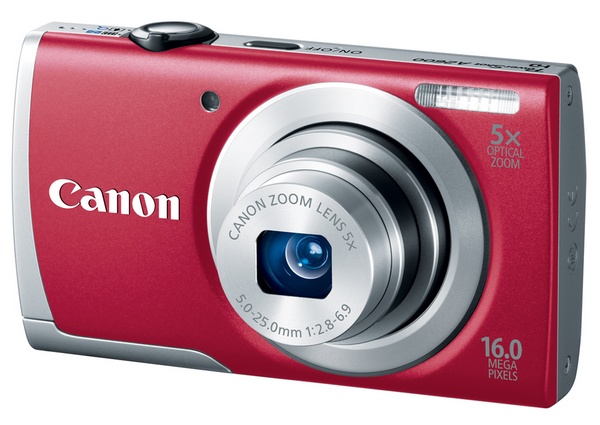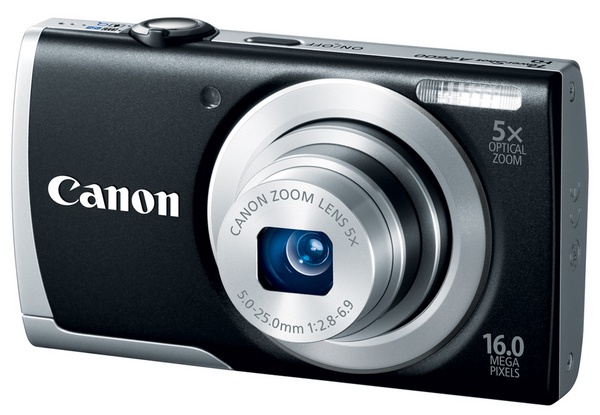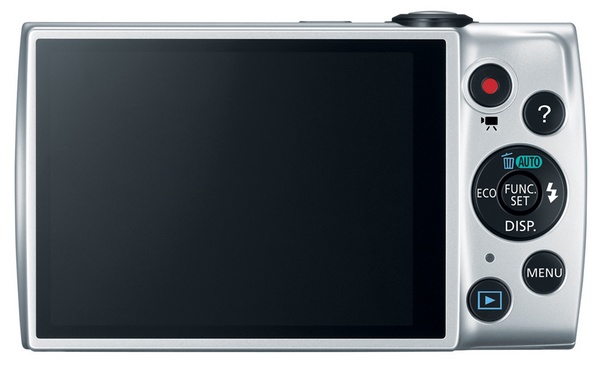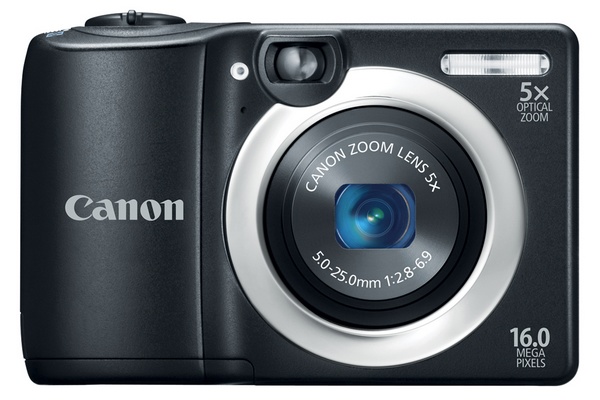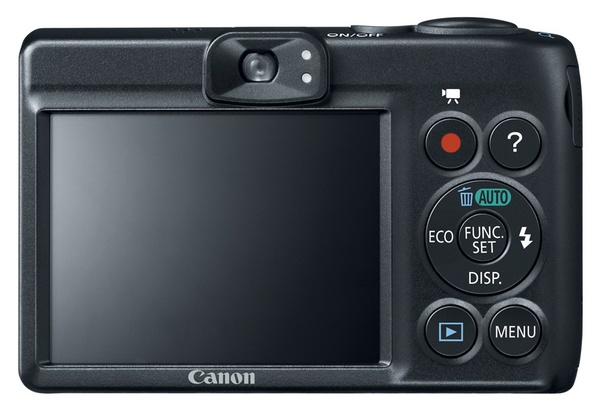Mobilink has introduced five new Pro Post-paid plans for small,
medium and large sized business customers  or those who want freedom for
making limitless calls against a monthly line rent.
or those who want freedom for
making limitless calls against a monthly line rent.
All new Pro Business Plans come with following features:
Mobilink’s new postpaid Pro Plans for business customers come in three categories and five plans in total. Keep reading to know the details:
Details of Bolt-Ons are as following:
Moreover, Mobilink has this a new simplified activation process in place to make it easy for you to join. That’s not all, Mobilink says that there will be a dedicated account manager for all your queries to meet your communication needs.
You can get to Mobilink Account Managers or request a call back from Mobilink to get things going.
 or those who want freedom for
making limitless calls against a monthly line rent.
or those who want freedom for
making limitless calls against a monthly line rent.
All new Pro Business Plans come with following features:
- Free minutes for All network
- Free SMS for network
- Free data volume for monthly usage
- Free circle minutes
Pro Series plans for Business Customers
- Best value Pro plans for users with low calling and mobile internet use.
- Pro 300
- Line Rent: Rs. 300 plus tax
- 300 Minutes – all Networks
- 300 SMS – all networks
- 30 MB Data
- 300 Minutes – Business Circle
- Pro 600
- Line Rent: Rs. 600 plus tax
- 600 Minutes – all Networks
- 600 SMS – all networks
- 60 MB Data
- 600 Minutes – Business Circl
- Pro 300
- Worry-free talking and texting. The Pro plans that offer great value.
- Pro 1200
- Line Rent: Rs. 1200 plus tax
- 1200 Minutes – all Networks
- 1200 SMS – all networks
- 120 MB Data
- 1200 Minutes – Business Circle
- Pro 1800
- Line Rent: Rs. 1800 plus tax
- 1800 Minutes – all Networks
- 1800 SMS – all networks
- 180 MB Data
- 1800 Minutes – Business Circle
- Pro 1200
- The Pro plans for unlimited communication with your team — call, SMS and email with out running out
- Pro Unlimited
- Line Rent: Rs. 3,000 plus tax
- 3000 Minutes – all Networks
- 3000 SMS – all networks
- 300 MB Data
- 3000 Minutes – Business Circle
- Pro Unlimited
Business Circles:
In addition to free minutes for all networks, there are free minutes for calling colleagues or Business Circles. Customers can set up their business circles when a signs up for a business account with Mobilink. Each connection in a company account comes with free Circle minutes included in their monthly pro plan. Circle minutes can be consumed for calls made within your business circleMobilink’s new postpaid Pro Plans for business customers come in three categories and five plans in total. Keep reading to know the details:
Bolt-Ons
All Mobilink Business Pro postpaid plans come with Bold-Ons that can be added to your Pro plan for additional voice, SMS and data usage.Details of Bolt-Ons are as following:
- Voice Bolt-Ons
- Biz Time Basic: 100 Minutes (9am – 5pm weekdays) for Rs. 100
- Biz Time Max: 300 Minutes (9am – 5pm weekdays) for Rs. 300
- Weekend Plus: 1000 Minutes (All days on Sat & Sun) for Rs. 200
- Favorite 1: 1000 Minutes (at one favorite Mobilink number) for Rs. 200
- SMS Bolt-Ons
- SMS Standard: 1000 SMS (All Networks) for Rs. 100
- SMS Ace: 2500 SMS (All Networks) for Rs. 150
- SMS Max: 6000 SMS (All Networks) for Rs. 200
- Data Bolt-Ons
- Data Plus: 50 MB for Rs. 100
- Data Double: 200 MB for Rs. 300
- Data Max: Unlimited (5GB) for Rs. 500
- BIS: Rs. 1,000
- BES: Rs. 1,500
- Business Circle Bolt-Ons
- Circle Basic: 250 Minutes for Rs. 100
- Circle Standard: 1,000 Minutes for Rs. 250
- Circle Max: 5,000 Minutes for Rs. 500
Moreover, Mobilink has this a new simplified activation process in place to make it easy for you to join. That’s not all, Mobilink says that there will be a dedicated account manager for all your queries to meet your communication needs.
You can get to Mobilink Account Managers or request a call back from Mobilink to get things going.






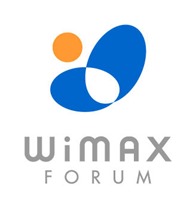

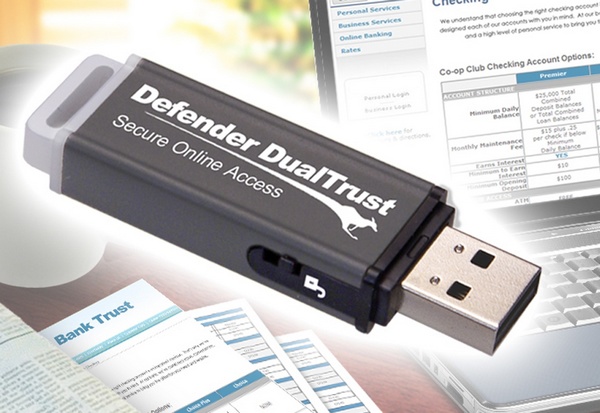




 2013 in the category “Top Mobile Partner of the Year
across the APJ region.”
2013 in the category “Top Mobile Partner of the Year
across the APJ region.”


